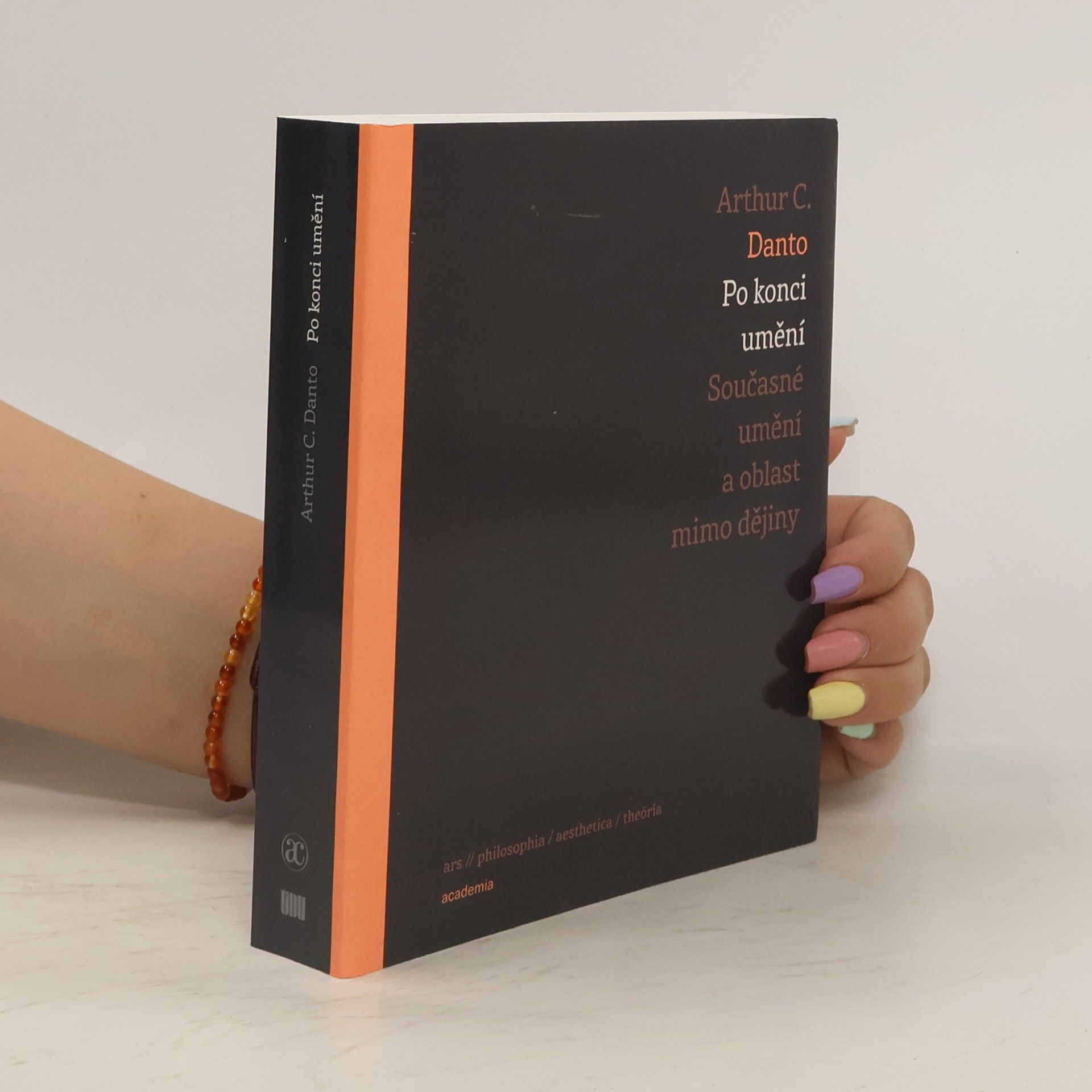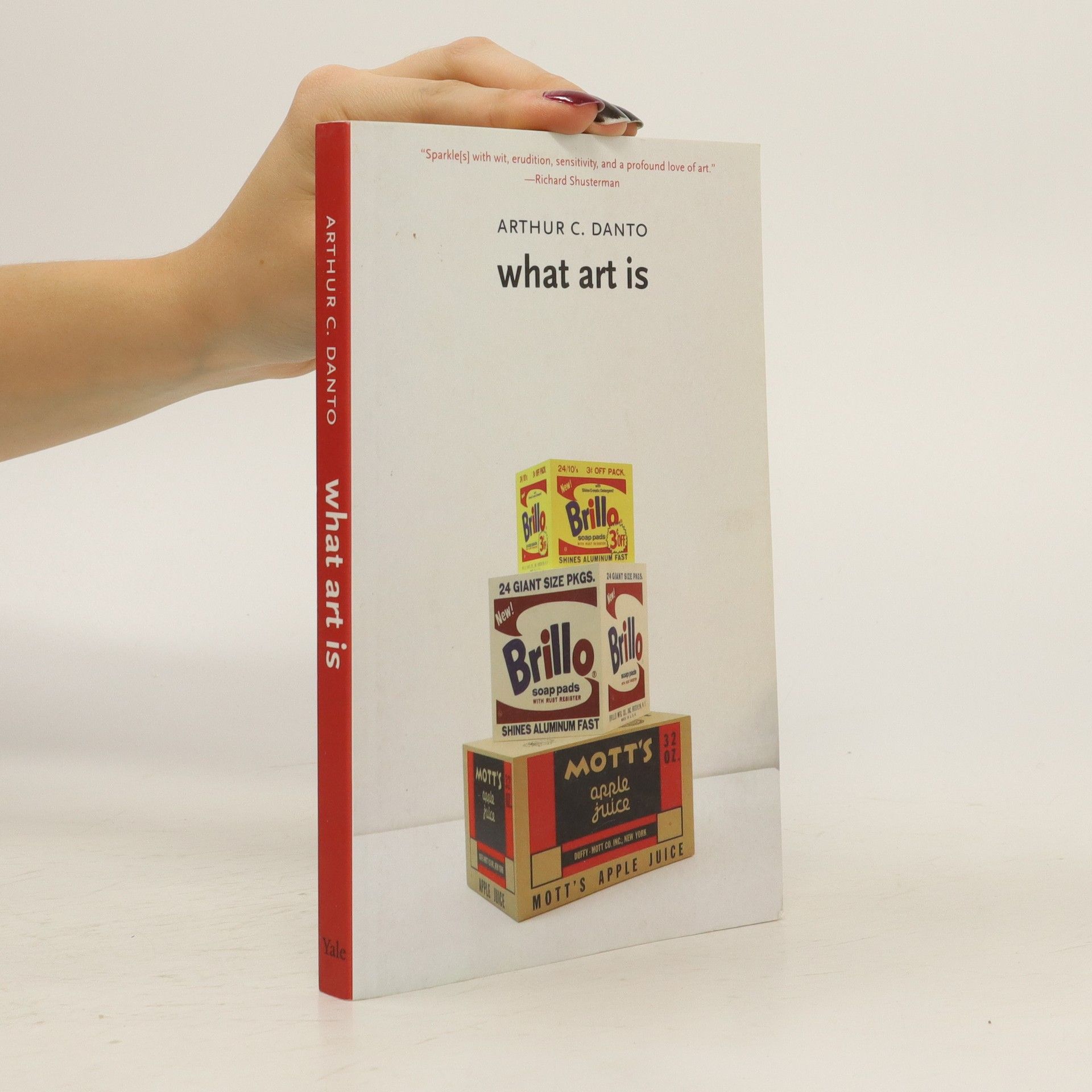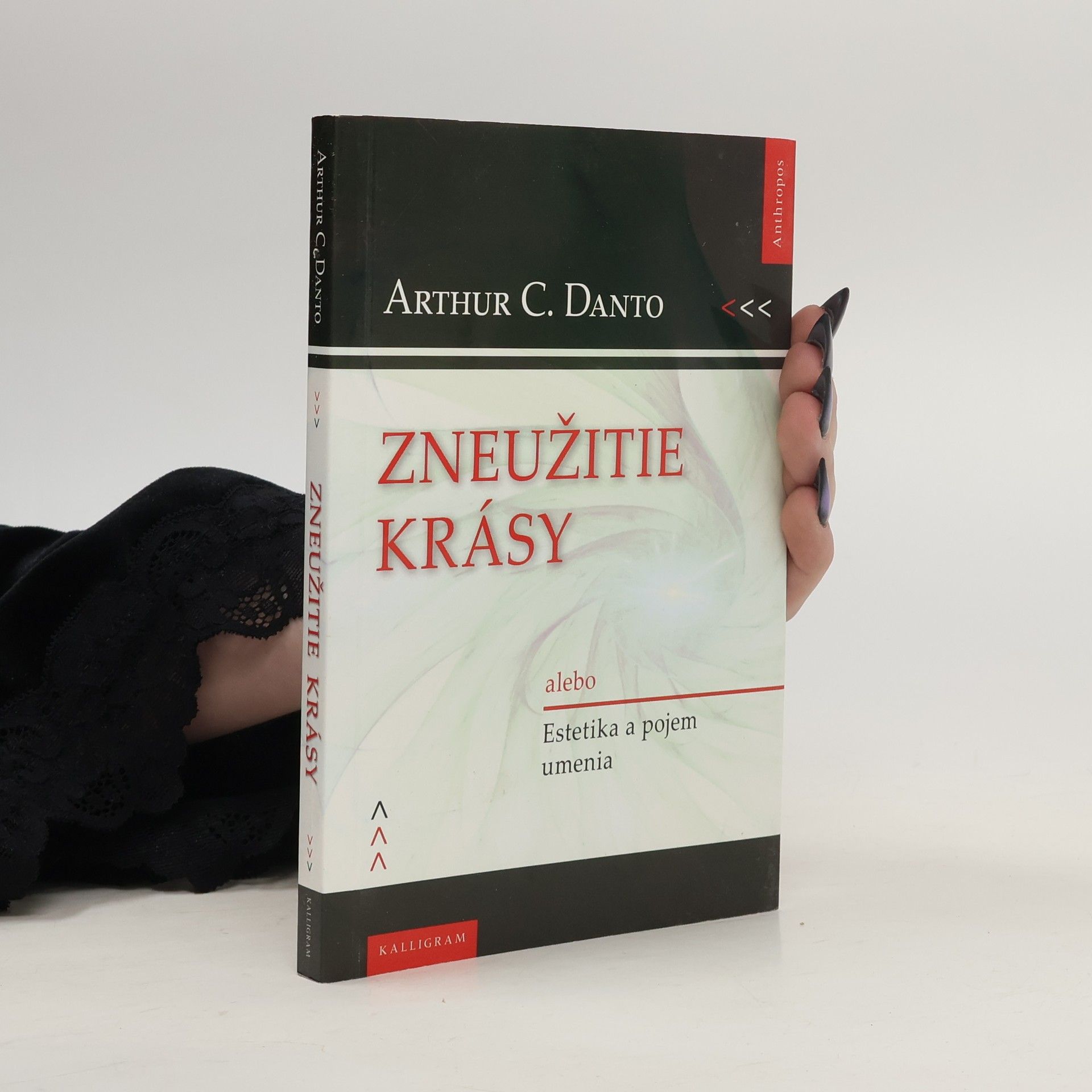From the 1990s until just before his death, the legendary art critic and philosopher Arthur C. Danto carried out extended conversations about contemporary art with the prominent Italian critic Demetrio Paparoni. Art and Posthistory presents these rich dialogues and correspondence, testifying to the ongoing importance of Danto's ideas.
Arthur C. Danto Book order
Arthur C. Danto was a distinguished professor of philosophy and an influential art critic. His work deeply engaged with the relationship between art and life, exploring art within a post-historical perspective and offering insightful essays on the cusp of aesthetics and philosophy. Danto was known for his sharp analytical style and his ability to connect artistic innovations with broader philosophical questions. His writings often challenged conventional notions of art and its role in society.

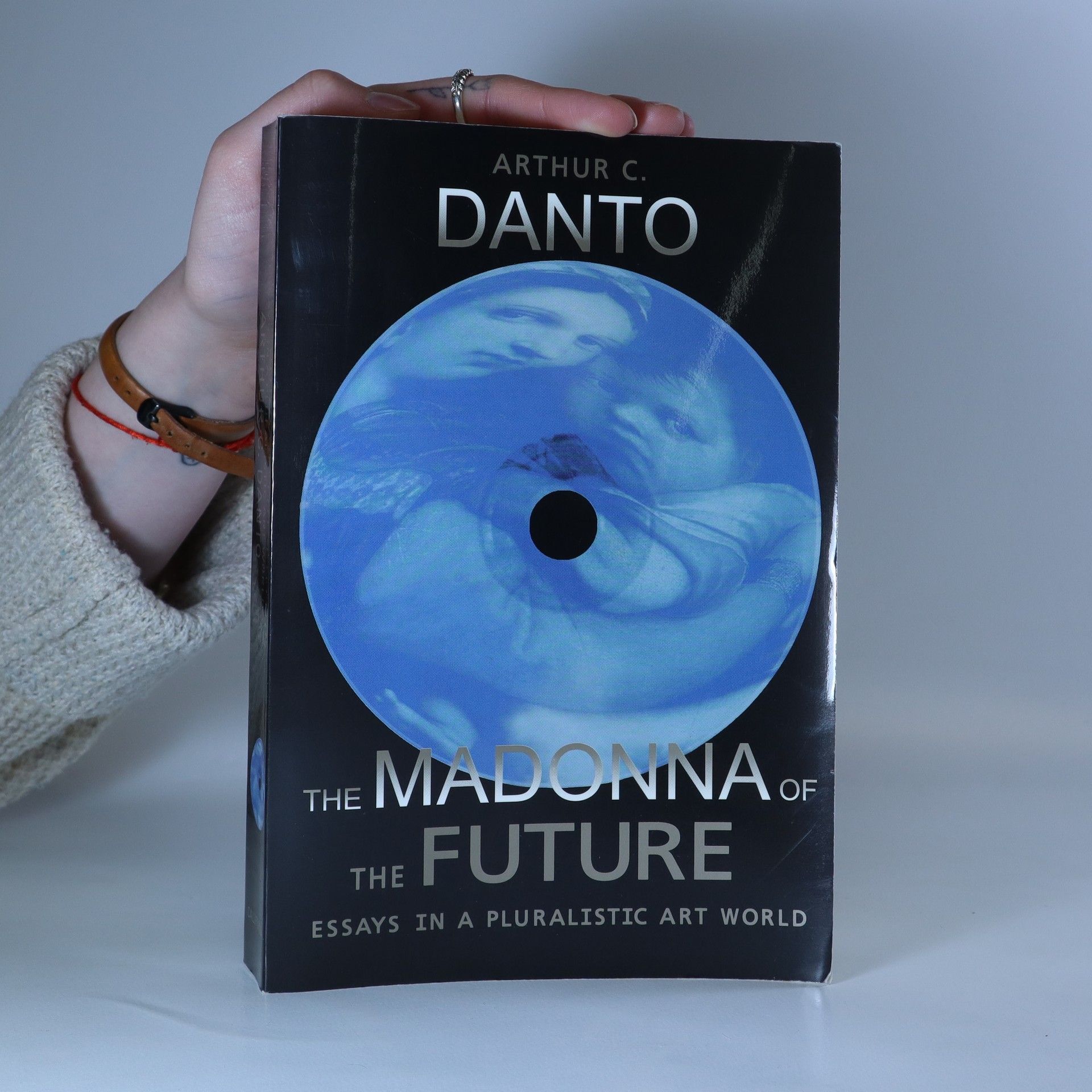
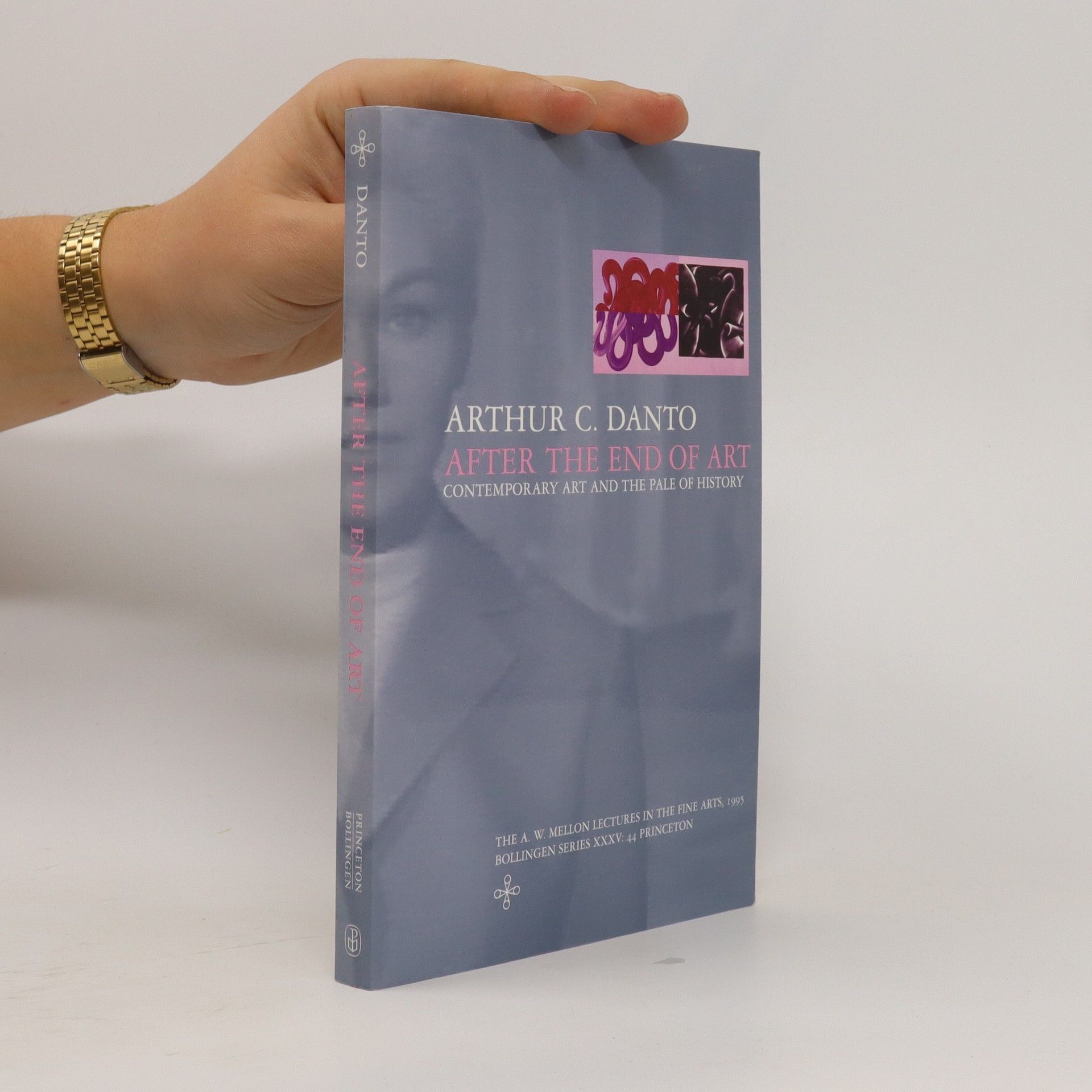

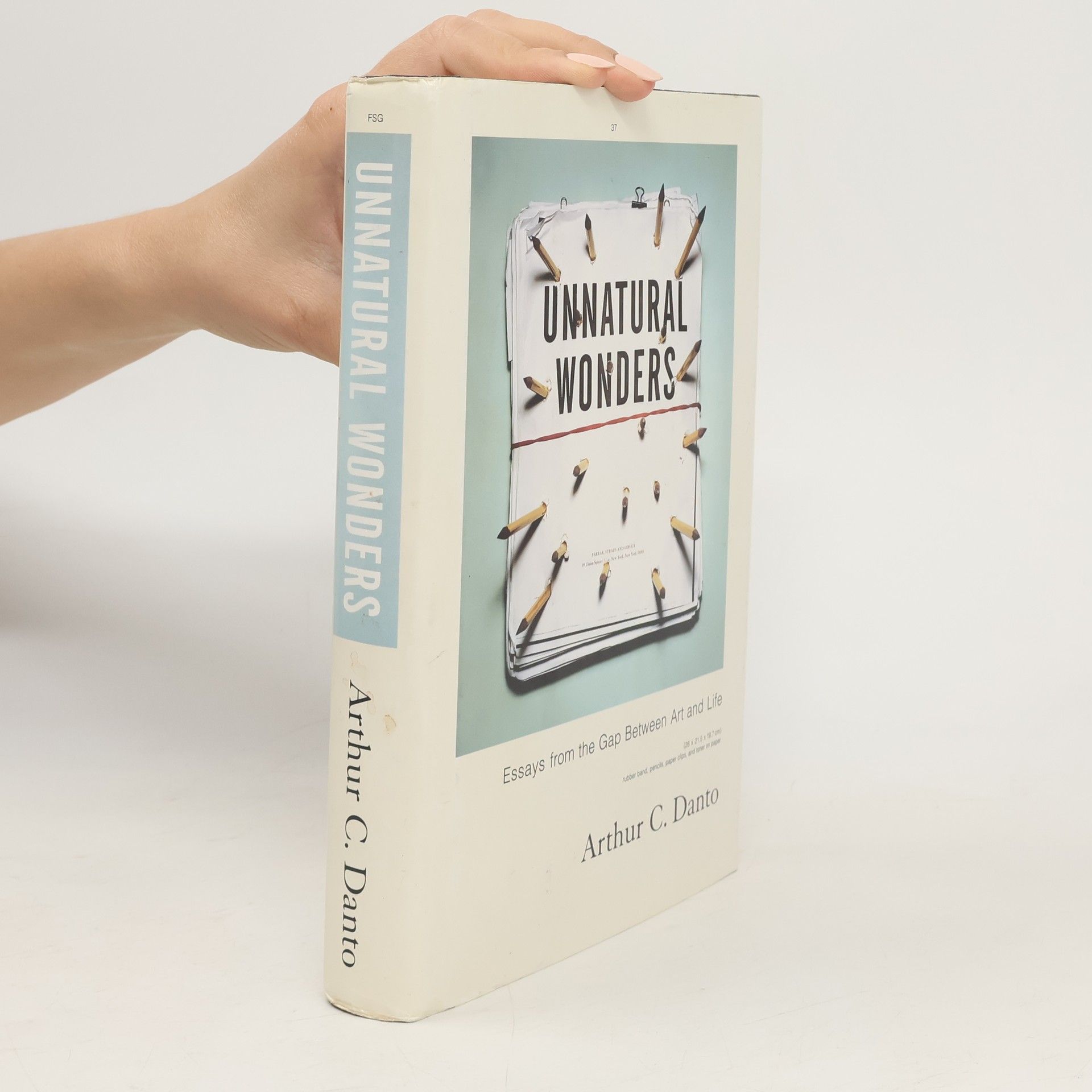
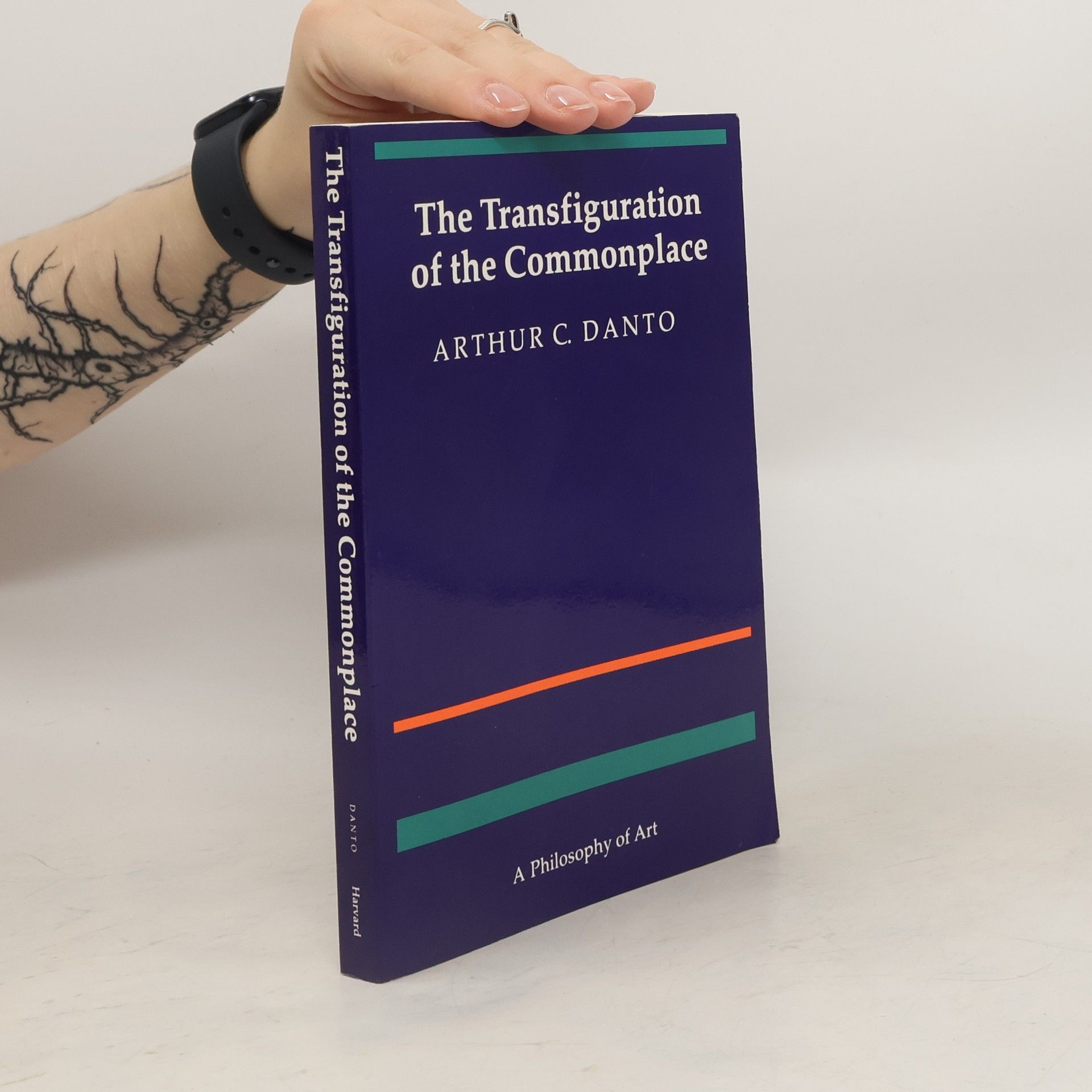

- 2022
- 2021
V knize, která vznikla na základě přednášek pronesených v rámci prestižního cyklu na počest A. W. Mellona, se americký filozof Arthur C. Danto vrátil k jedné z nejprovokativnějších tezí, které pronesl, totiž že umění dospělo ke konci. Tento konec v jeho pojetí neznamená, že se umění přestalo vytvářet, ale že v šedesátých letech 20. století opustilo tradiční dějiny založené na pokroku. Pokud tomu tak je, vyvstává otázka, jak o současném umění přemýšlet jinak než v pojmech tradičního narativu. Tato publikace představuje v určitém smyslu odpověď: uvažuje o úloze muzea, roli estetiky, nutnosti změnit charakter kritiky, a především o svobodě, kterou přinesl pluralismus umění.
- 2020
The Philosophical Disenfranchisement of Art
- 248 pages
- 9 hours of reading
- 2013
What Art Is
- 174 pages
- 7 hours of reading
What is it to be a work of art? Part philosophical monograph and part memoiristic meditation, this book challenges the popular interpretation that art is an indefinable concept, instead bringing to light the properties that constitute universal meaning.
- 2008
Zneužitie krásy, alebo, Estetika a pojem umenia
- 208 pages
- 8 hours of reading
Prvý preklad textov svetoznámeho filozofa a kritika umenia Arthura C. Danta do slovenčiny. Autor v knihe vychádza z pojmu krásy, ktorý je pevne zakotvený v estetickej teórii a filozofii umenia a pýta sa na jeho relevantnosť vo vzťahu k dianiu na poli súčasného výtvarného umenia. Je možné vnímaťho a definovať ako krásne alebo sú potrebné iné formy prístupu? Erudované úvahy Danto ilustruje príkladmi a analýzami diel Marcela Duchampa, Andyho Warhola, Roberta Motherwella, Barnetta Newmana a ďalších „heretikov“. Pritom vychádza z tvrdenia, že moderní umelci majú legitímne právo odmietnuť krásu, na druhej strane zároveň podčiarkuje potrebu krásy v ľudskom živote, a preto aj v umení. Dantova pútavá filozofia umenia je napísaná pozoruhodným a prístupným jazykom a okrem odborníkov určite zaujme aj prívržencov súčasného umenia.
- 2005
"Arthur C. Danto's five volumes of review essays form a chronicle of the art world in our time, and a running appraisal of the great variety of significant work made in our midst." "In this new book, Danto shows how work that bridges the gap between art and life is now the definitive work of our time: Damien Hirst's arrays of skeletons and anatomical models, Barbara Kruger's tchotchke-ready slogans, Renee Cox's nude portrait of herself presiding at the Last Supper. To the obvious question - is this stuff really art? - Danto replies with an enthusiastic yes, explaining, with a philosopher's clarity and an art lover's delight, how these "unnatural wonders" show us who we are."--BOOK JACKET.Title Summary field provided by Blackwell North America, Inc. All Rights Reserved
- 2001
Arthur Danto's work has always affirmed a deep relationship between philosophy and art. These essays explore this relationship through a number of concrete cases in which either artists are driven by philosophical agendas or their art is seen as solving philosophical problems in visual terms. The essays cover a varied terrain, with subjects including Giotto's use of olfactory data in The Raising of Lazarus; chairs in art and chairs as art; Mel Bochner's Wittgenstein drawings; the work of Robert Motherwell, Andy Warhol, and Robert Irwin; Louis Kahn as "Archai-Tekt"; and visual truth in film. Also featured are a meditation on the battle of Gettysburg; and a celebration of the Japanese artist Shiko Munakata, an essay that is partly autobiographical.Arthur C. Danto is one of the most original and multitalented philosophers writing today, a thinker whose interests traverse the boundaries of traditional understandings of philosophy. Best known for his contributions to the philosophy of art and aesthetics, Danto is also esteemed for his work in the history of philosophy, the philosophy of history, philosophical psychology, and action theory. These two volumes, each with an introduction by the author, contain essays spanning more than twenty-five years that have been selected to highlight the inseparability of philosophy and art in Danto's work. Together they present the thinking of Arthur C. Danto at his very best.
- 2001
The Madonna of the future
- 480 pages
- 17 hours of reading
The Madonna of the Future finds Danto at the point where all the vectors of the art world those of traditional painting, Pop art, mixed media, and installation art; those of art and philosophy; those of the specialist who brings theory to bear on the work and the viewer who appreciates it primarily visually.
- 1999
Wege zur Welt. Grundbegriffe der Philosophie.
- 324 pages
- 12 hours of reading
- 1999
Das Fortleben der Kunst
- 303 pages
- 11 hours of reading
